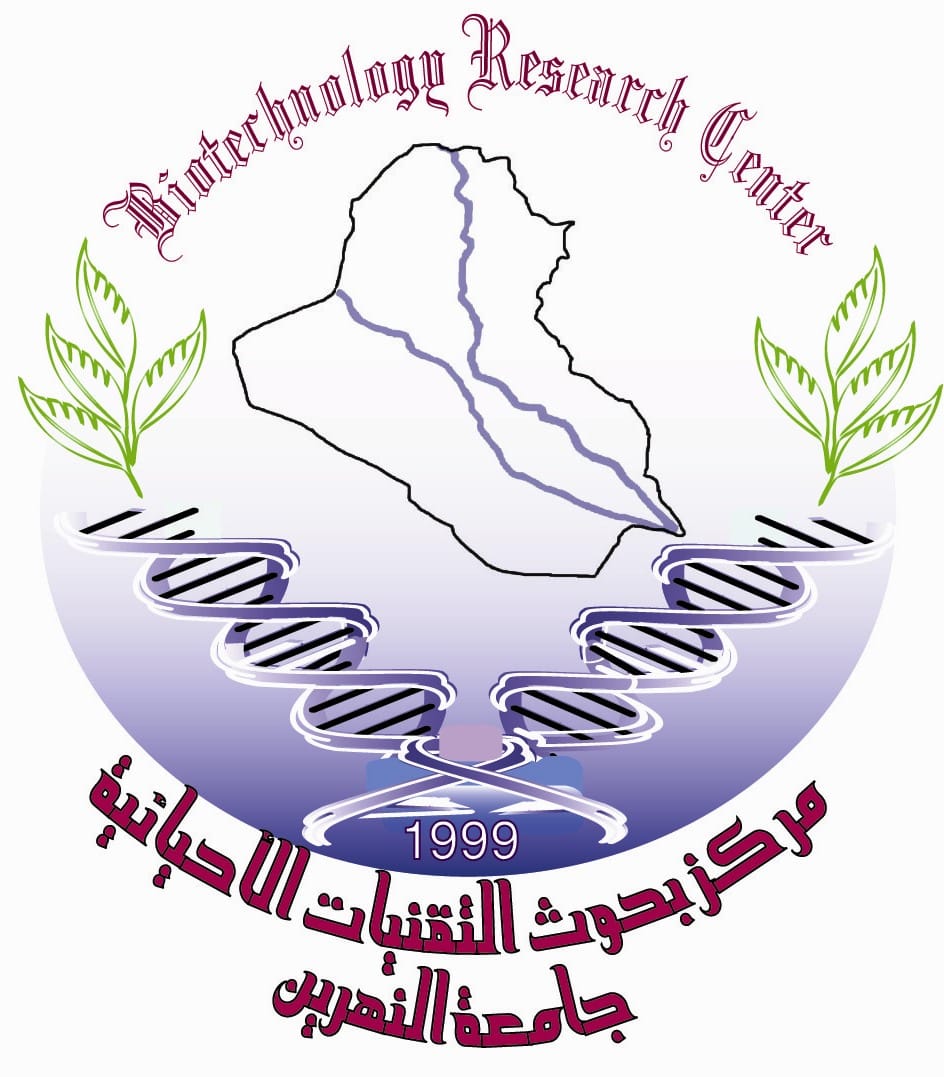Moving bed biofilm reactor technology as batch system in wastewater treatment
DOI:
https://doi.org/10.24126/jobrc.2014.8.2.335Keywords:
Biofilm, wastewaterAbstract
Biofilm slime layer is one of the advanced biological treatment technologies for industrial and municipal wastewater treatment with the capacity to reuse of treated water for agricultural purposes. Bacterial, fungal and algal biofilm slime layer were grown on the interior surfaces of polyethylene pellet (carrier) and suspended in municipal wastewater for organic pollutants removal. Bacterial species (Pseudomonas aeruginosa, Bacillus megaterium, Sphingobacterium thalpophilum), fungal species (Penicillium citrinum, Aspergillus niger, Trichoderma harzianum) and algal species (Nostoc linckia, Scendesmus dimorphus) were used separately for biofilm slime layer growth under controlled laboratory conditions (pH, temperature, and aeration). Bacterial biofilm layer thickness was measured and recorded 9, 6 and 5 mm respectively as compared with 3mm for control group through the retention time of 16 day. Bacterial P. aeruginosa biofilm slime layer showed an efficiency for COD, TOC, NO3 and PO4 removal after 24 hour of 75%, 65%, 69% and56% respectively while the removal rates of the same factors using the fungal biofilm layer of P. citrinum was 83%, 78%, 53% and 60% after 48 hour respectively. The algal biofilm reactor with S. dimorphus showed the highest percentage removal rate of total nitrogen 93% as compared to control group 87% after 72 hours of treatment due to the biofilm slime thickness of S. dimorphus 7.5mm as compared to the thickness of the N. linckia slime layer 5.3mm. Mixture of microbial species biofilm layer was used for wastewater treatment through 18 and 24 hours, using aerobic and anoxia. The mixture of microbial species biofilm layer showed removal rates for TOC, COD, and TN of 90%, 83%, and 59% respectively in an aerobic condition, while the removal rates were 66%, 52%, and 84% in an anoxic condition. From the above results, one concludes that controlling the biofilm slim layer is a promising technology for municipal wastewater treatment, as long as it is used under the suitable conditions.
Downloads
Published
How to Cite
Issue
Section
License
This is an Open Access article distributed under the terms of the creative commons Attribution (CC BY) 4.0 license which permits unrestricted use, distribution, and reproduction in any medium or format, and to alter, transform, or build upon the material, including for commercial use, providing the original author is credited.











